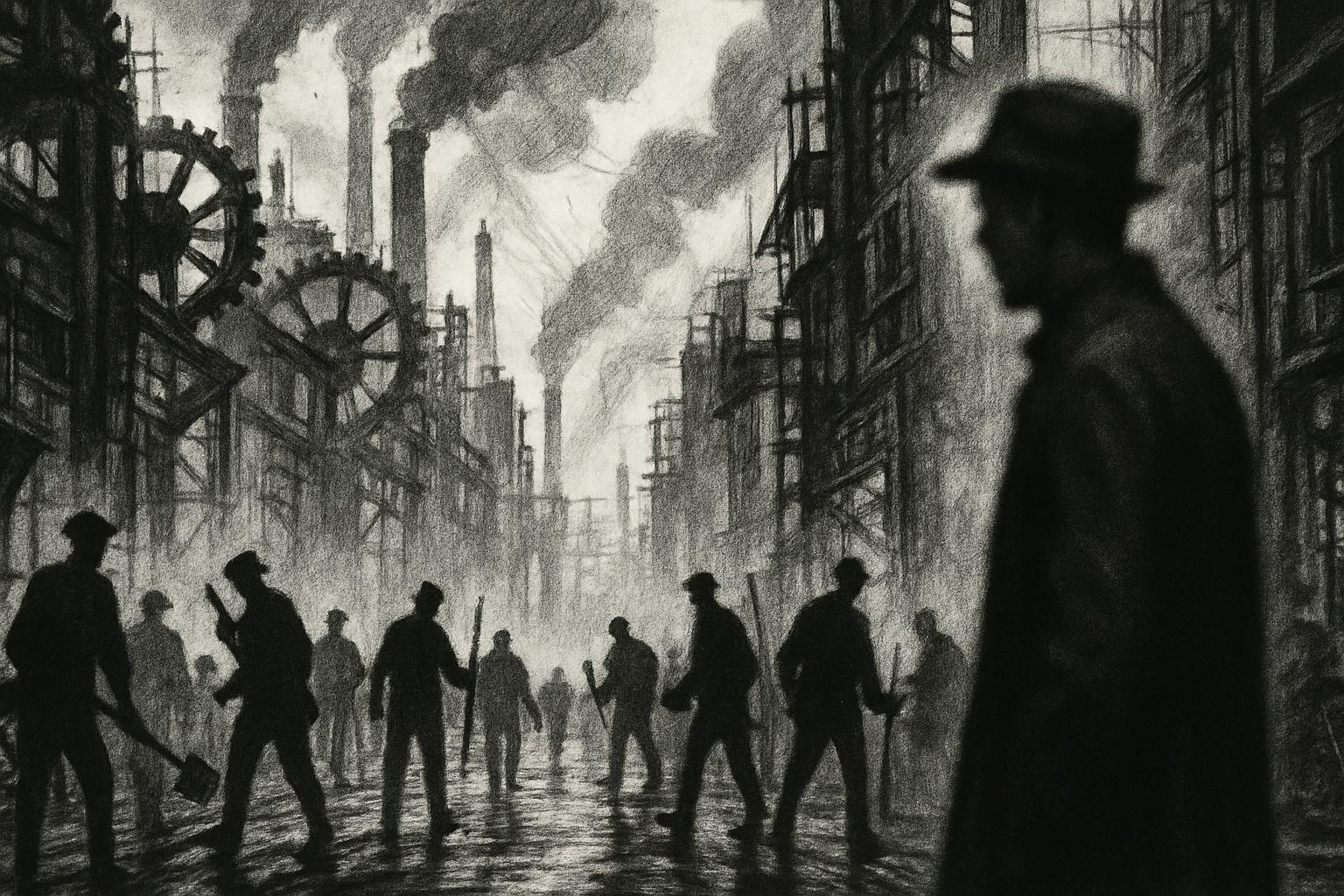Georges Seurat’s visionary approach to art, characterised by meticulous dots of colour, is on display in the National Gallery’s latest exhibition. Seurat’s ability to see the world through what might be described as "kaleidoscope eyes" manifests in his seminal works such as the 1888 painting Port-en-Bessin, Sunday. In this piece, myriad blues and whites create a serene depiction of a harbour scene, where tranquil waters and moored sailing vessels shimmer with a precision that showcases Seurat’s signature technique. The vibrancy of the colours—blues, purples, browns, and oranges—seems to breathe life into an otherwise humble setting, a reflection of Seurat's gift for finding wonder in the everyday. This painting, currently housed in the Kröller-Müller Museum in the Netherlands, exemplifies the neo-impressionist movement, which Seurat helped pioneer in Paris during a period bursting with artistic experimentation.
The exhibition attempts to move beyond the popular image of neo-impressionism as merely a pointillist pursuit, revealing the dream of revolution embedded in their art. However, it struggles to fully articulate this radical political dimension, at times reducing the narrative to an overly serious presentation that risks dulling the inherent joy and playfulness of the movement. Paul Signac, Seurat’s first disciple, embodies this tension. His drawing for the mural In the Time of Harmony, depicting “ordinary people” enjoying nature’s bounty in a scene evocative of a convivial picnic, communicates an anarchist’s ideal of social harmony. Though Signac was a committed political radical and a resident of Saint Tropez by 1904, the artwork itself expresses this vision more through serene pleasure than overt political agitation. Signac influenced Henri Matisse’s last pointillist masterpiece Luxe, Calme et Volupté, a vibrant celebration of joy that the exhibition unfortunately omits.
A key misstep of the exhibition is its reliance on the Kröller-Müller Museum collection, which is shaded by the tastes and sensibilities of Helene Kröller-Müller, the early 20th-century Dutch collector whose preference for Van Gogh and a contemplative northern romanticism imparts a melancholic tone to the selection. This lens tempers the exuberant spirit often associated with French neo-impressionism. Consequently, the show’s curating, described as somewhat po-faced, risks suppressing the movement's playful and exhilarating aspects.
Amid this, Seurat’s Le Chahut (1889-90), also from the Kröller-Müller Museum, stands out as the exhibition’s dazzling jewel. The work vividly portrays can-can dancers in mid-performance, their legs kicked high in a regimented yet wild line, set against an orchestra below. The painting’s colours pulse with energy: red stockings shimmer, the bass player’s back vibrates in purples, and the theatrical backdrop glows with golden and blue hues. Unlike his followers, Seurat’s vision is fully cohesive—every element is defined by his intricate dots of light, bathing the figures in a surreal, theatrical glow. The dancers, caricatured and seemingly mechanical in their movements, embody a modernity tinged with irony. Seurat preempts later avant-garde explorations by artists like Duchamp and Picabia in equating human sexuality with machinery, exposing reality as a constructed illusion infused with social commentary.
The exhibition reveals that beneath the gentle surface of neo-impressionism lies a keen awareness of the mechanised and often impersonal nature of modern life. Seurat’s depiction of Paris as a beautiful yet heartless machine turns what might be dismissed as light entertainment into a cutting critique. While the show grapples with how to reconcile this duality, it ultimately invites viewers to look beyond familiar impressions of late 19th-century art as merely soothing or decorative, presenting neo-impressionism as a movement with a serious, sometimes radical undercurrent.
📌 Reference Map:
- Paragraph 1 – [1], [2], [4], [6]
- Paragraph 2 – [1]
- Paragraph 3 – [1]
- Paragraph 4 – [1]
- Paragraph 5 – [1], [3], [5], [7]
Source: Noah Wire Services
